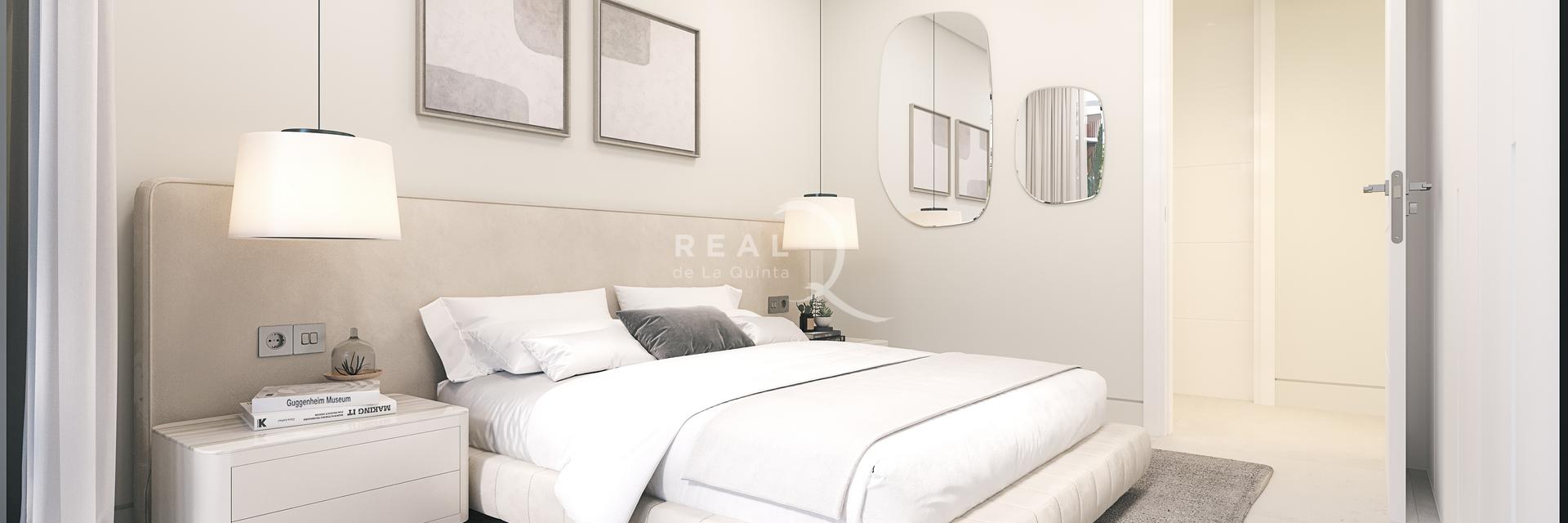
Art Deco style: geometric shapes in interior design
The ‘mad style of the 1920s’ revolutionised the world of interior decoration. With its eminently ornamental character, Art Deco transformed the most conventional concepts of decoration by promoting a new aesthetic language based on elegance and sophistication.
Geometric forms and symmetries in the Art Deco style
Angles, straight lines and geometric patterns are the essence of Art Deco in all its manifestations. Although this style is best known for its impact on interior design, it is also possible to talk about Art Deco architecture, painting, sculpture, graphic arts and even fashion.
The Art Deco style translated into the interior of a home can be summed up in the following features:
• Geometry: the straight line is the protagonist, something that can be seen above all in the distribution of cupboards, kitchen worktops, washbasins and bathroom furniture, etc. However, it can be combined with other elements such as large circles (for example, in mirrors) to create elegant patterns.
• Symmetry: balance and proportion are two of the pillars of Art Deco in interior decoration. In this trend, symmetry connects with the idea of industry and progress, which is why many of its symmetrical forms are inspired by machines.
• Exclusivity: Art Deco is also synonymous with luxury and distinction. It is a decorative style in which high quality materials are used (oak wood, marble, galvanised steel, porcelain material...), many of them present in Real de La Quinta's projects.
• Avant-garde: perhaps nowadays it cannot be said that the Art Deco style is a step ahead of the rest of the trends, but it does take a step aside. This original aesthetic from the 1920s stands apart from other trends, conveying a genuine taste for aspects such as fractioned shapes, strong and contrasting colour palettes, and decorative over functional.
The most up-to-date versions of Art Deco in interior decoration take up these trends while adapting them to the needs of modern homes. Nevertheless, it remains a style in which exclusivity and luxury are part of its essence.




